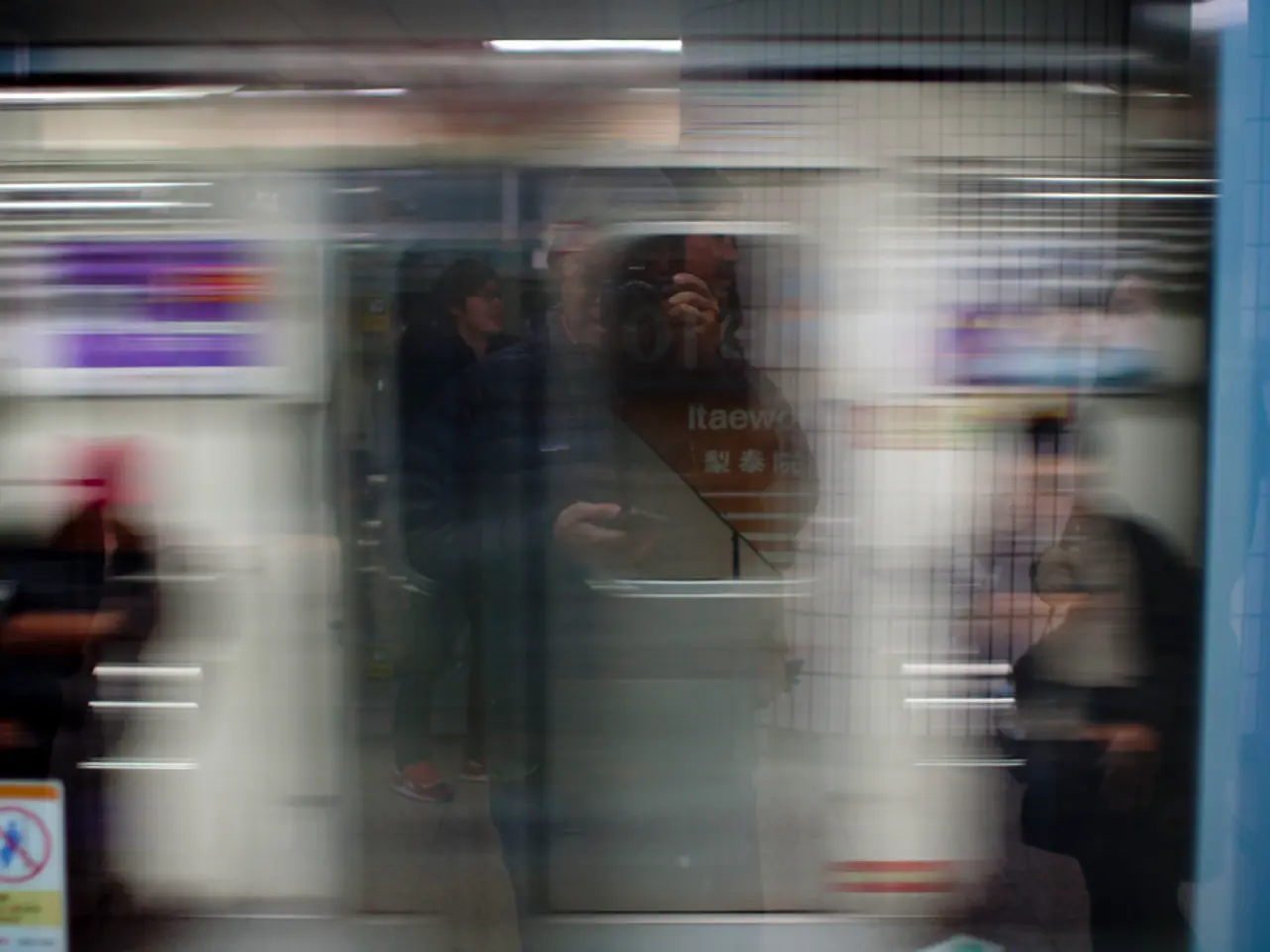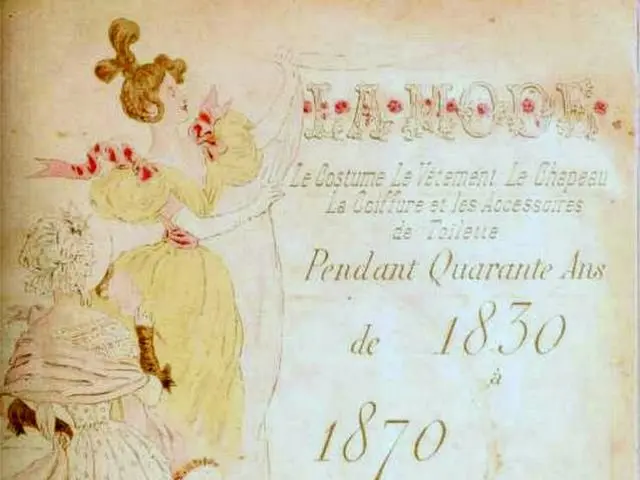The Rescorla-Wagner Model: An Explanation of Its Nature and Role in Learning Processes
In the realm of psychology, the Rescorla-Wagner model offers a mathematical approach to understanding the process of learning through classical conditioning. Developed by psychologists Robert Rescorla and Alan Wagner in the 1970s, this cognitive theory explains how an organism learns about the relationship between a conditioned stimulus (CS) and an unconditioned stimulus (US).
At its core, the Rescorla-Wagner model is based on the concept of prediction error. This refers to the difference between what the organism expects (based on prior learning) and what actually occurs. In other words, learning in classical conditioning is driven by the discrepancy between what is expected and what actually occurs — this discrepancy is called the prediction error.
Here’s how the model works:
- The conditioned stimulus (CS) comes to predict the occurrence of the unconditioned stimulus (US). - The strength of the association between the CS and US is updated based on the size of the prediction error, which is calculated as the difference between the expected US and the actual US received. - When the US is fully predicted by the CS (i.e., no prediction error), there is no further learning or change in associative strength. - When the US is surprising — either stronger than expected (positive prediction error) or omitted when expected (negative prediction error) — learning occurs to adjust the CS-US association accordingly.
For instance, consider a practical example where a tone (CS) consistently predicts a shock (US). Over time, the tone will evoke a strong fear response as the association is learned with little prediction error. However, if the tone only sometimes predicts the shock, the prediction error remains higher, and the fear response conditioned to the tone is weaker and less reliable.
Mathematically, the model provides a formula to quantify this process, which has also been extended to understand value learning in reinforcement contexts. The formula for the Rescorla-Wagner Model is ΔV = αβ (λ − V), where ΔV is the change in the association strength between the conditioned stimulus and the unconditioned stimulus, α is the salience (or attention) of the conditioned stimulus, β is the salience of the unconditioned stimulus, λ is the maximum possible strength of the association, and V is the current strength of the association between the conditioned stimulus and unconditioned stimulus.
One important phenomenon the Rescorla-Wagner model explains is the blocking effect. This occurs when a previously conditioned stimulus prevents the acquisition of a new association between a new stimulus and the unconditioned stimulus. This model's insights have significantly contributed to our understanding of classical conditioning and its applications in various fields, including behavioural psychology and neuroscience.
[1] Rescorla, R. A., & Wagner, A. R. (1972). A theory of Pavlovian conditioning: Variations in the effectiveness of reinforcement and omission. Journal of Experimental Psychology: Animal Behavior Processes, 1(4), 408-431. [3] Rescorla, R. A., & Wagner, A. R. (1973). The gain-of-response dissociation in Pavlovian conditioning. Journal of Experimental Psychology: Animal Behavior Processes, 2(3), 209-224. [5] Wagner, A. R., & Rescorla, R. A. (1972). A theory of Pavlovian conditioning: Delay of the unconditioned stimulus. Psychological Review, 79(5), 401-418.
The Rescorla-Wagner model, a cognitive theory in psychology, is used to understand learning in education-and-self-development, particularly in classical conditioning. This model is based on the concept of prediction error, which measures the difference between an organism's expectations and reality, driving learning. In fields such as educational psychology and cognitive psychology, this model has provided insights into the blocking effect and has contributed significantly to our understanding of classical conditioning.




